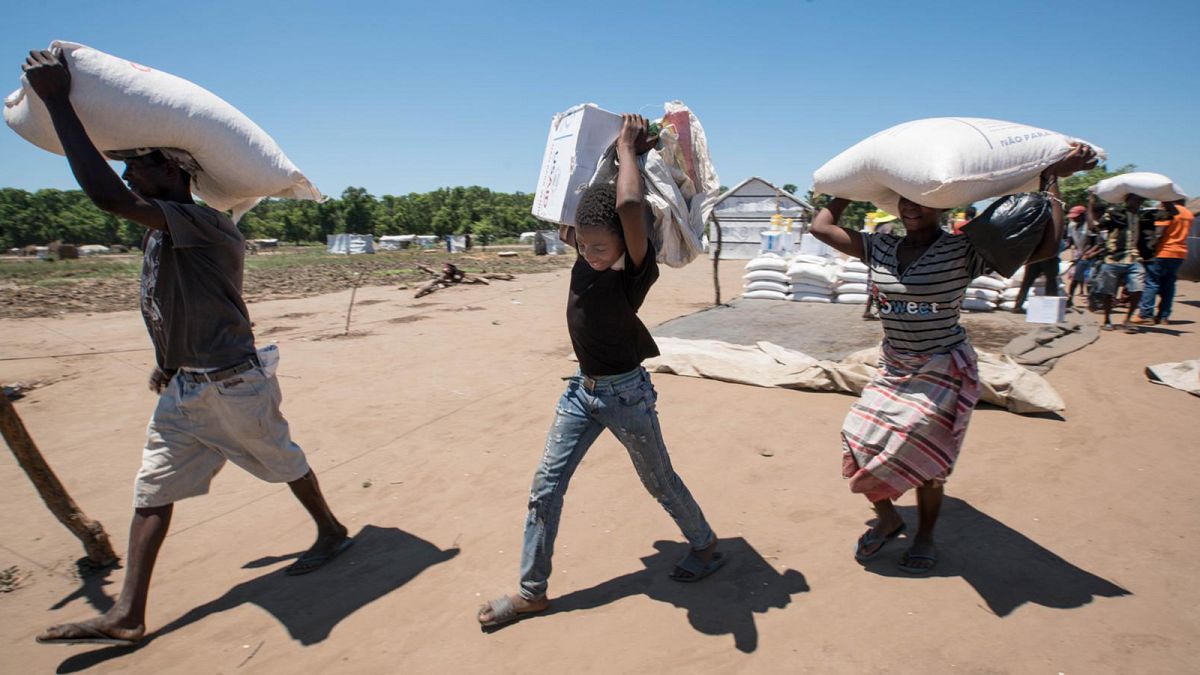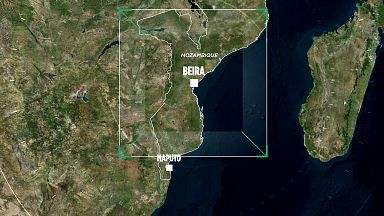Ninety thousand still displaced: how Mozambique is recovering from devastating cyclones
In 2019, Mozambique was hit by two devastating cyclones - Idai on 14th March followed by Kenneth on 25th April. It was the first time in recorded history the country had suffered two major cyclones in the same season. The two cyclones left 2.2 million people in need of urgent humanitarian assistance.
Cyclone Idai formed over the northern Mozambique channel on 9th March and made landfall near Beira on the night of 14th March.
An estimated 240,000 houses were destroyed or damaged and more than 140,000 people were displaced due to the cyclone and flooding.
Beira still bears the marks of Idai nearly one year after the cyclone swept the city and its rural areas. Tens of thousands of people are still living in temporary or unsafe shelters and those who were lucky enough to have their houses spared, are struggling to make repairs.
For some Cyclone Idai was life-changing. One survivor explains what happened the night the cyclone struck the region.
"I was sleeping in my room with my wife who was eight months pregnant," explains Paulo Hau. "When the tree fell over the roof, she was emotionally traumatised and I had to take her to the hospital where the baby died and she died afterwards.”
The UN Migration agency IOM will distribute 2,300 recovery shelter kits to those in need. During the first phase of the response, 20,000 emergency kits had already been distributed. The response has now entered the recovery phase, as Jessica Mamo, IOM shelter manager explains:
“We are now distributing more durable shelter materials such as roofing sheets, timber and tools and cement to help families, particularly in their communities of origin."
Paulo Hau is among the 50 families who had just received a kit at the Nhaconjo distribution site, on the outskirts of Beira city. This material will help him continue work on his new house which he is building just next to the damaged old one.
“I will use wood to strenghthen the house a bit because it’s in really bad shape," he says. "And then, I’m going to keep the cement, save some money to buy more bricks and go on with the construction.”
Idai also destroyed 715,000 hectares of crops. And this in a country where nearly two million people were already food insecure.
The World Food Programme is distributing food aid to displaced people at the Ndedja resettlement site.
Each person receives a monthly ration of 40g of cereal, 6kg of beans 4L of oil. This aid will continue until the next harvest season.
Both the shelter and the food aid programmes are funded by EU Humanitarian Aid. The EU pledged 200 million euros to help the country strengthen its resilience to natural disasters.
Mathias Eick, regional information officer for EU Humanitarian Aid, says disaster risk reduction and disaster preparedness is an integral part of the organisation's response.
"For instance, we have actually shifted some people from a dangerous location to a more safe location," he explains. "And obviously, we will continue to assist the local authorities in preparing by pre-stocking their warehouses with assistance items, better hurricane warning and early-warning systems.”
The initial life-saving priorities have now given way to longer term development goals in order to make these families self-sufficient and more resilient to future events.

